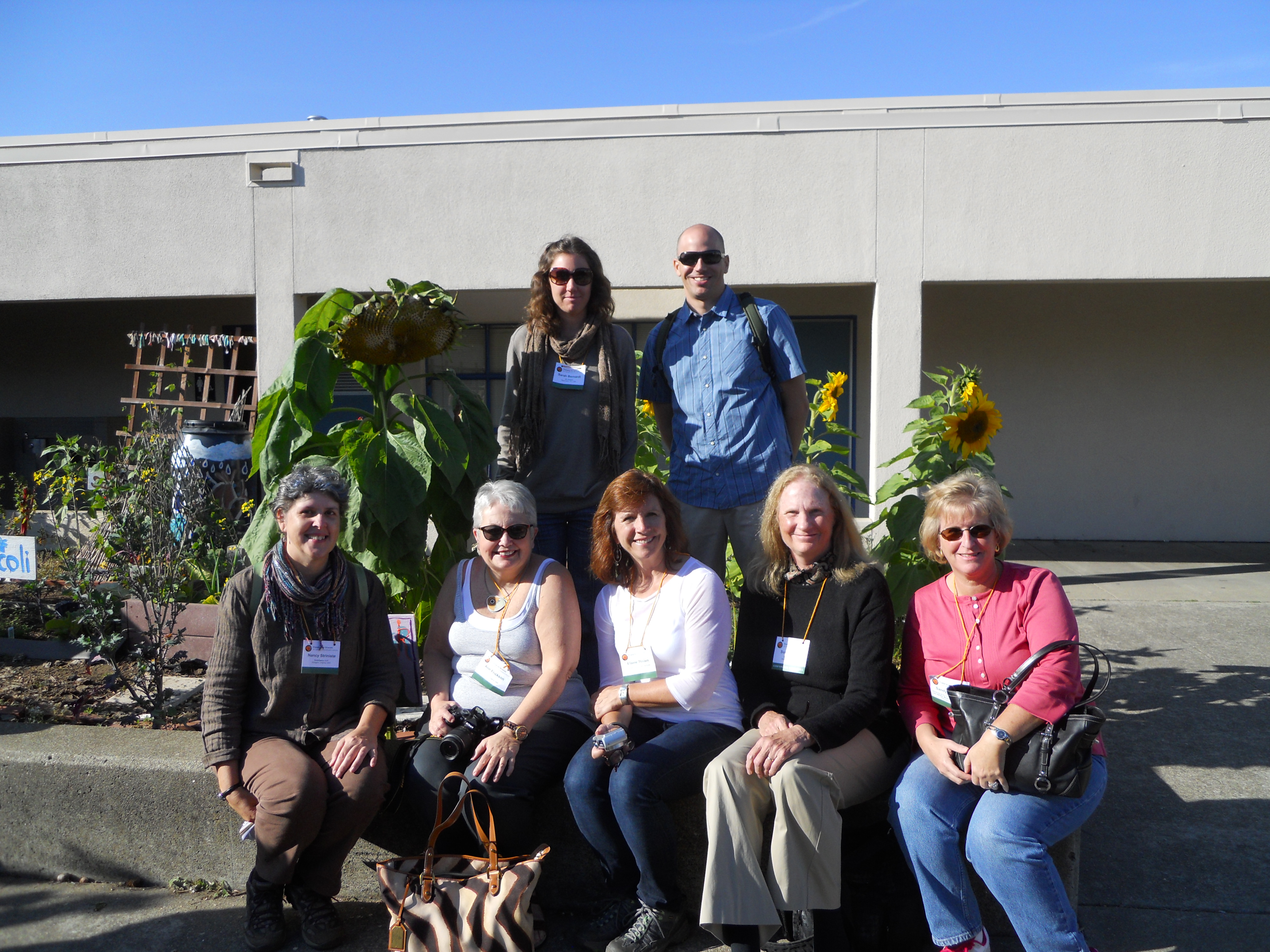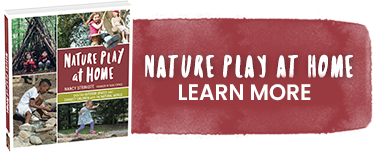Let me begin by saying that Engaging Our Grounds: The International Green Schoolyard Conference was a powerful gathering. I just counted and I have 64 pages of notes and more than 300 pictures from 2 days of talks and site visits, so clearly this will take more than one post to describe. There were brilliant ideas, beautiful spaces, and very inspiring energy– the movement for green schoolyards is at a tipping point and big things are happening!
To me, the biggest revelation of the conference was learning about the challenges of even the most magical and comprehensive programs. It was extremely reassuring to learn that all countries, even those with wonderful programs and beautiful spaces for children, face tough issues, and some of those seem to be universal. A few examples…
- The fire inspector in Toronto is concerned that sedentary kids in Canada can’t manage stairs fast enough in fire drills.
- Typical Japanese playgrounds are dirt covered sports fields.
- The UK is a risk-averse society where “risk and safety” are an easy excuse for parents and schools to “avoid doing anything that might be construed as fun.”
- The Swedish struggle with a lack of space in dense cities, and must defend space for the urban schoolyards of the future.
- In Germany, despite government funding for green schoolyards, most master plans take up to 10 years to realize because there is not enough money.
While no one is doing it in exactly the same way, people all across the globe arecoming up with clever ways to reintroduce beneficial risk into children’s lives, get kids involved and excited about being outside in green spaces, find funding to create green schoolyards and convince safety, risk management and insurers of the value of these experiences.
Here are a few highlights:
Evergreen is the Canadian National Learning Grounds Program that has, to date, worked with 100,000 volunteers and brought trees, boulders and art to more than 2700 schoolyards. See more at their website including free design guidelines to help school boards “do it right the first time.”
The typical Japanese schoolyard pets include rabbits, chickens, peacocks and fish and 90% of schoolyards for children from nursery to high school have pools for wading and swimming!
Learning Through Landscapes in the UK does “planning for real” where kids, who are recognized as the experts on their own environment, get to use things like traffic cones and leafy branches to decide where to plant trees on their school grounds and also get to offer crits to the landscape architects who design based on kid ideas.
A new initiative of Movium in Sweden roughly translates as “Children’s Right to Scrapes.” One goal of Movium is to encourage children’s movement to, from, in and after school. Lund is a model city for green schoolyards that “didn’t cost a fortune.”
Grun macht Schule is a government agency in Germany where a small staff of landscape architects and teachers work with insurance providers to design schoolyards that help kids learn to deal with danger. A 20-year collaboration has led insurers to believe that grown-ups should be courageous and give children freedom. Children in Berlin are taught proper techniques by welders and carpenters and then go on to build their own playground sculptures and structures.
And now, a few photos…
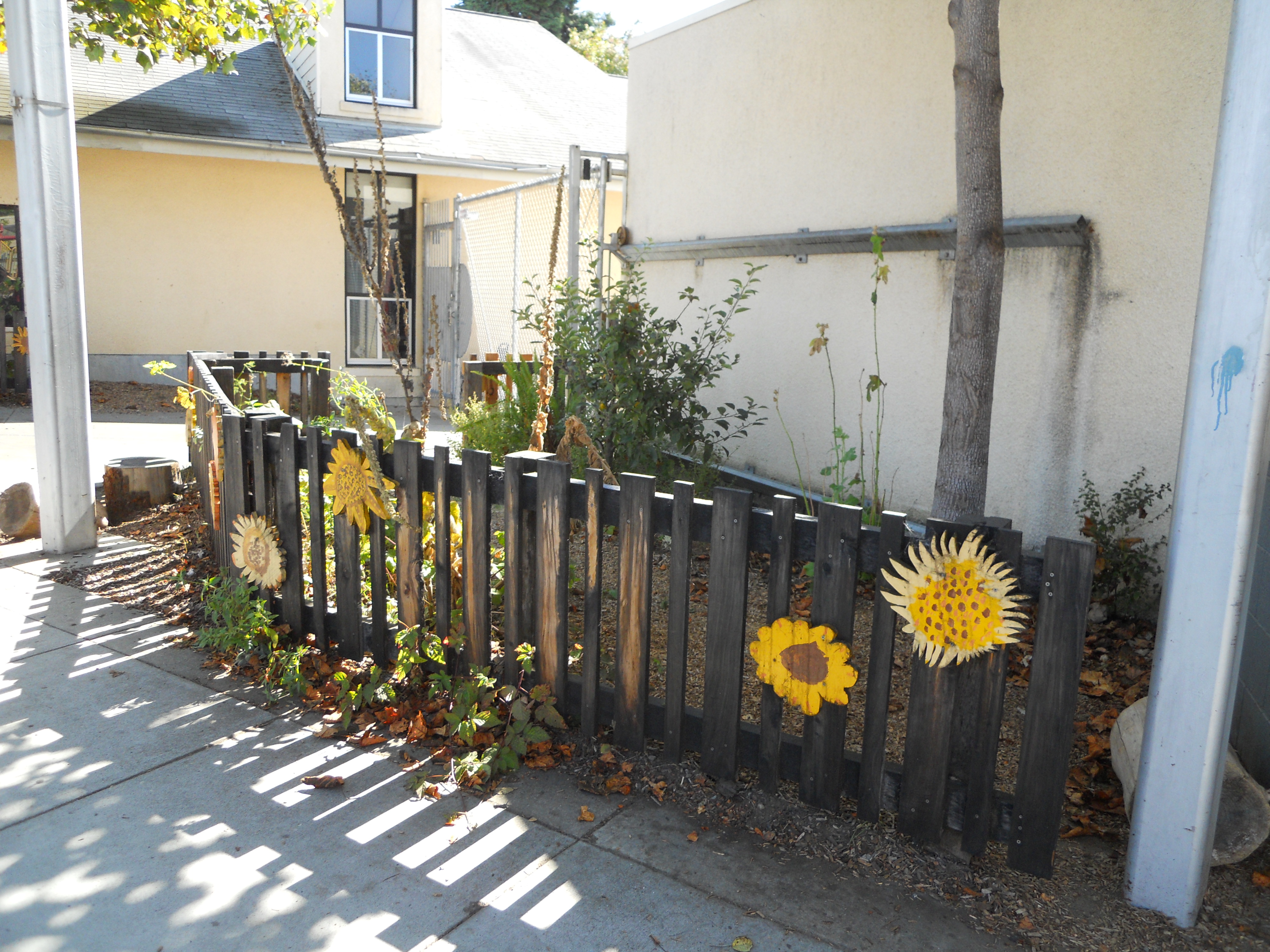
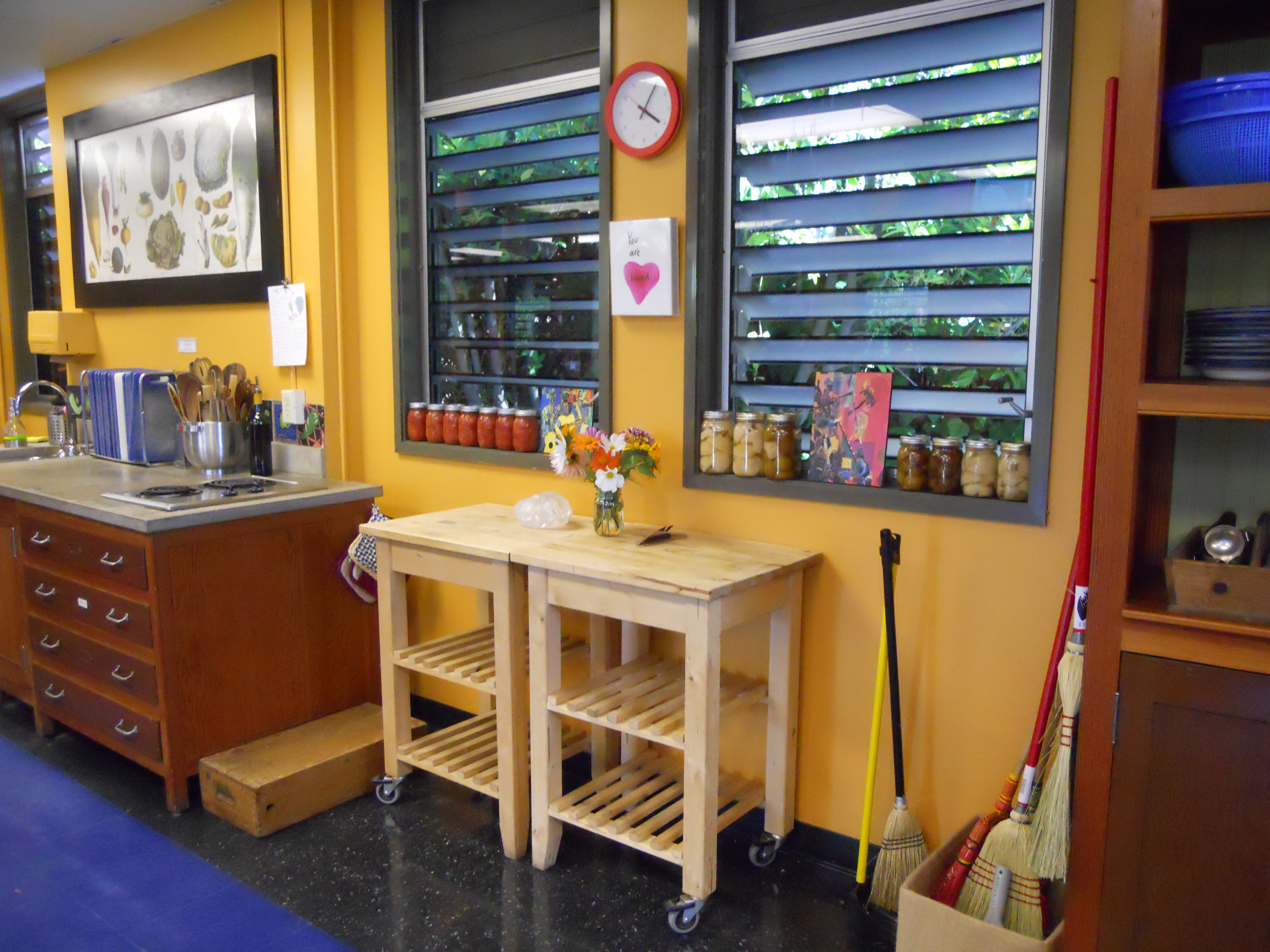
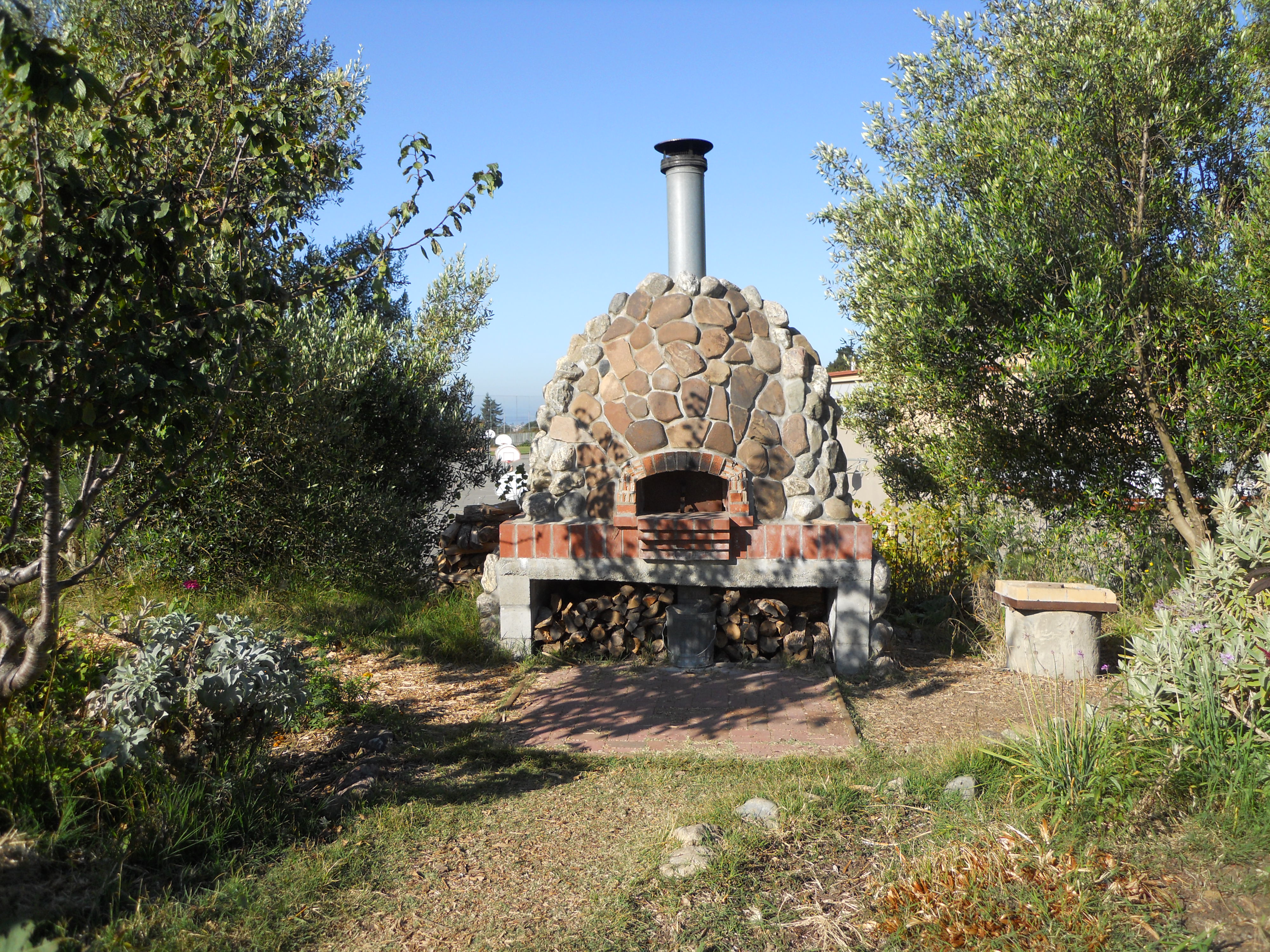
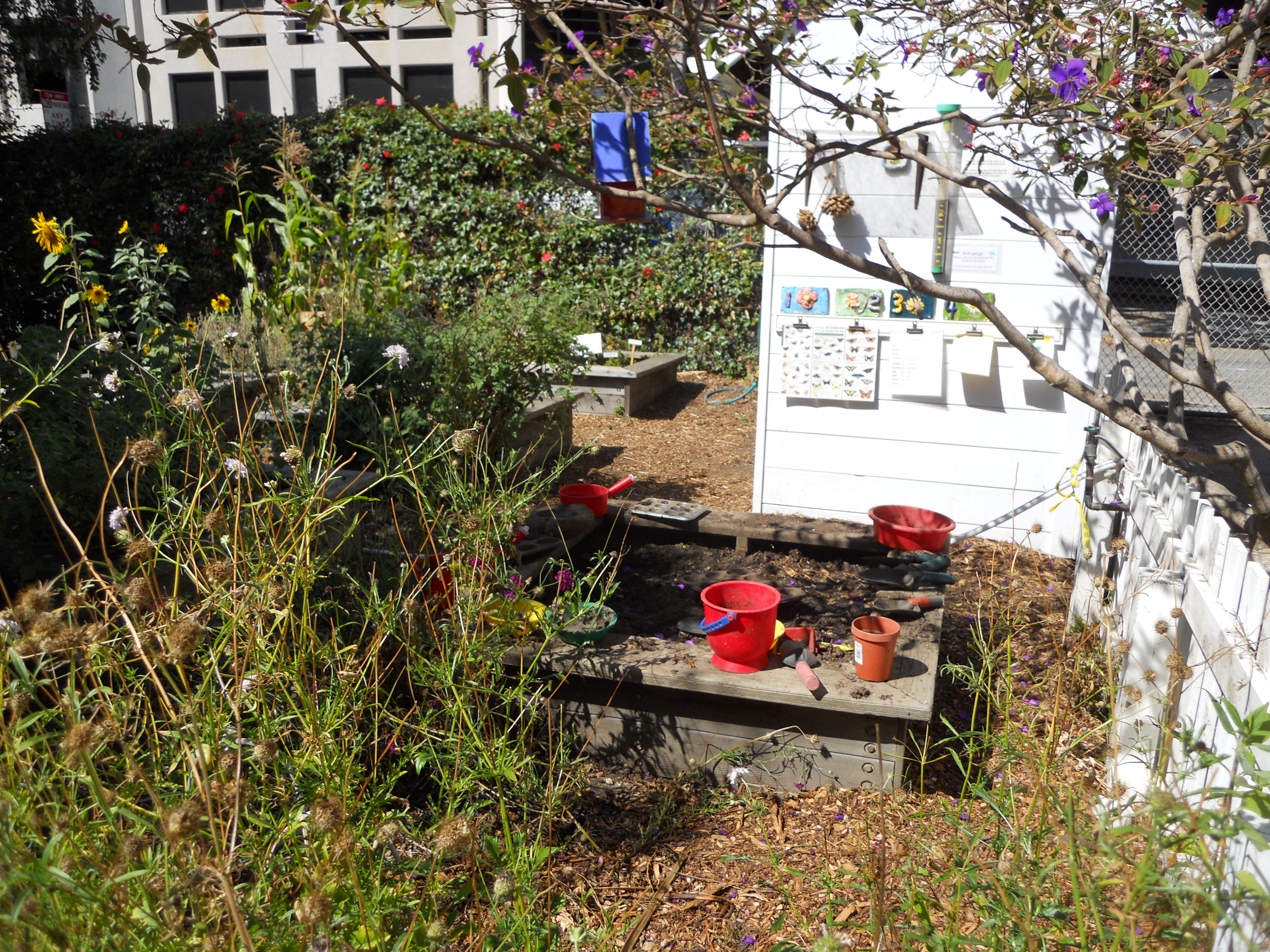
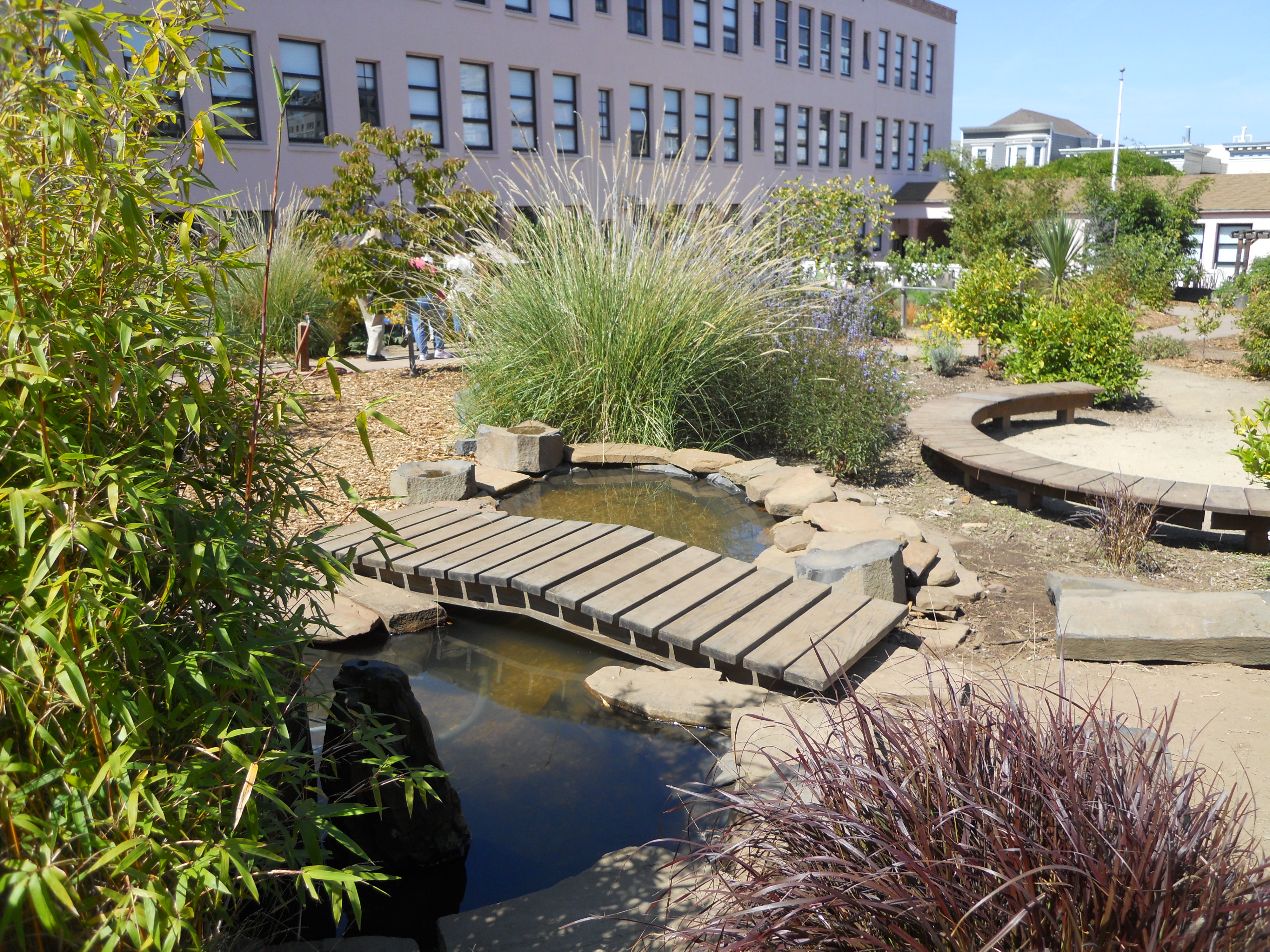
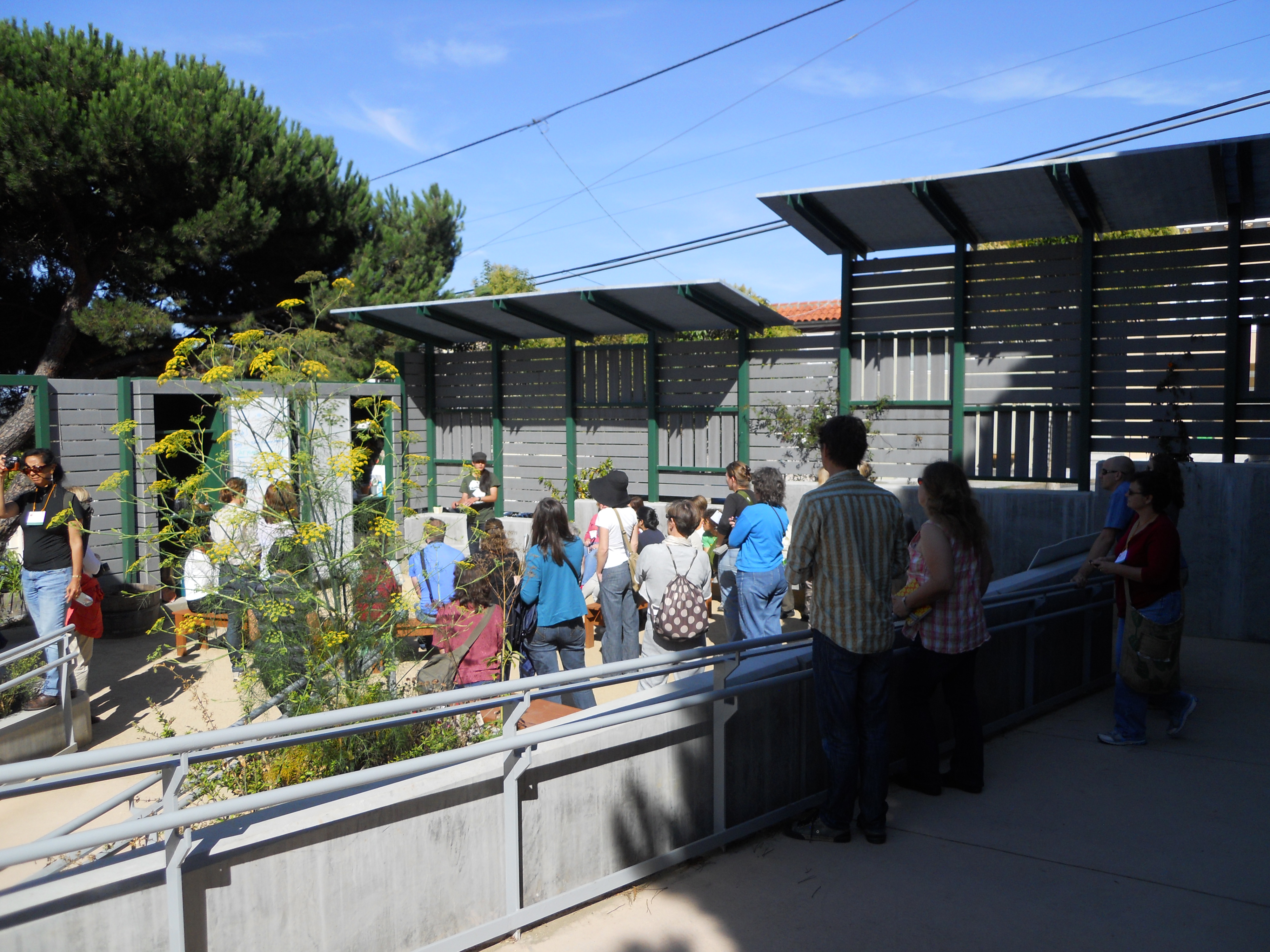
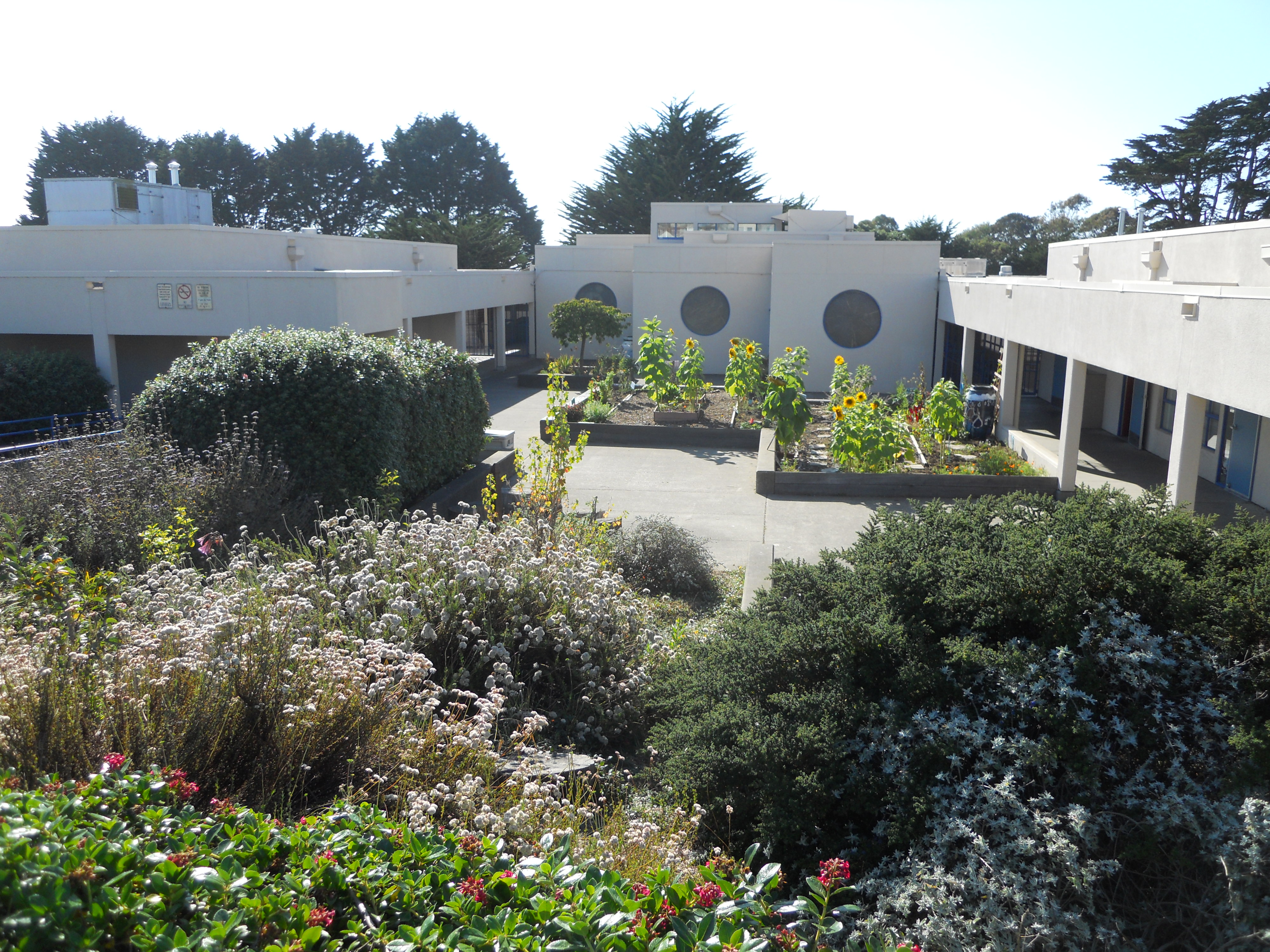
And finally, one very exciting outcome of the conference was the convergence of seven people from the DC area. We didn’t all know each other before– but now we do– and the potential for a regional alliance is strong! Stay tuned…
